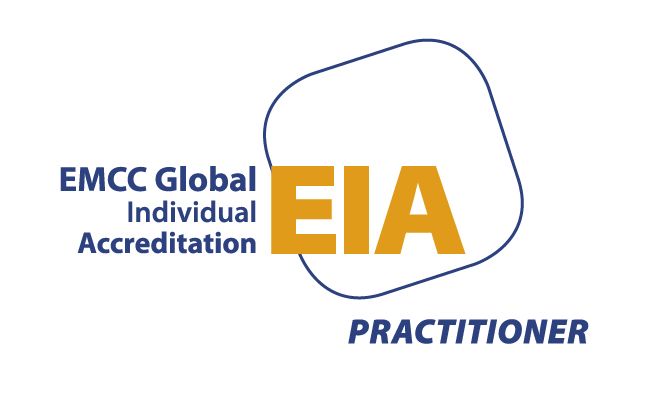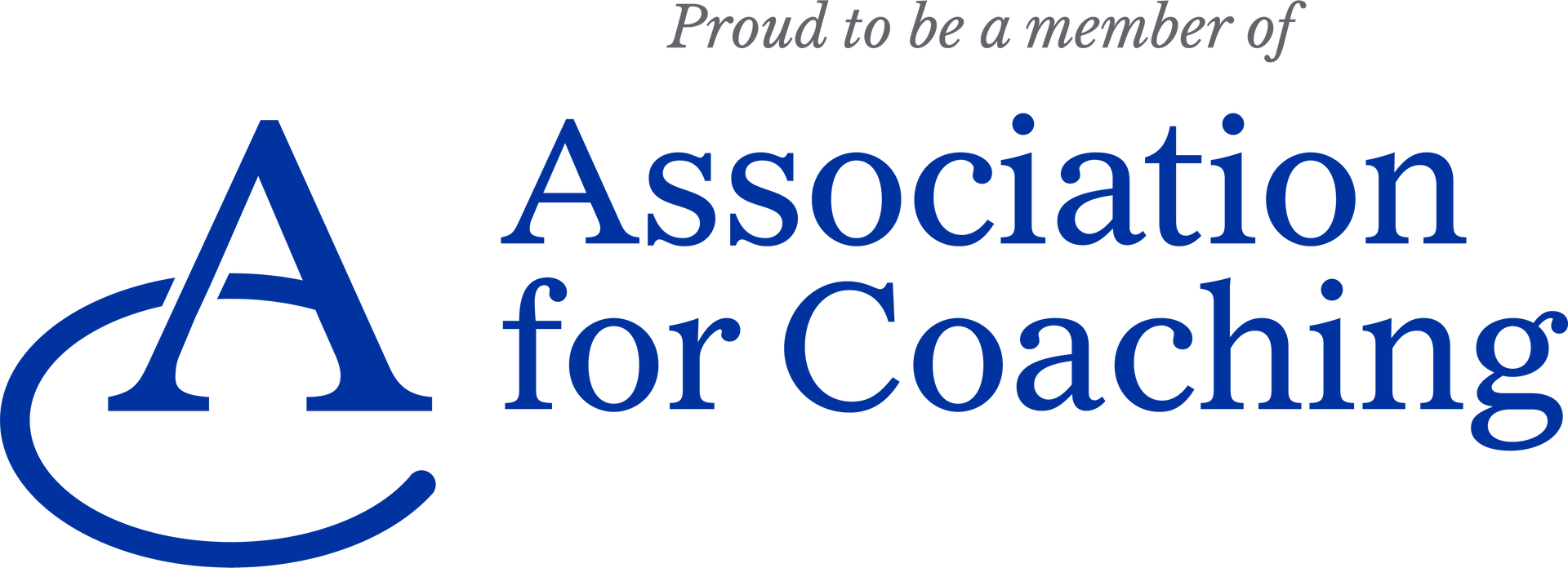Leading Change: How to Navigate Transformation with Confidence and Clarity
There is no getting away from it we need to be agile and lead through change - it is constant!

Why Leading Change Is More Than Managing It
In today’s fast-moving world, change is no longer a one-off event it is a constant.
Whether you're introducing new systems, restructuring teams, or shifting organisational culture, the ability to lead change effectively is a critical skill for leaders.
At Glee Coaching, we help leaders move beyond managing tasks to inspiring transformation because change doesn’t happen without people.
The Two Sides of Change: Process and Psychology
Change isn’t just about new structures or systems. It’s also about how people feel, adapt, and engage. Successful change leaders understand both the technical and emotional dimensions of transformation.
- Structural change: new roles, reporting lines, or workflows
- Cultural change: shifts in values, behaviours, or communication styles
- Mindset change: how people think about their roles or the organisation’s purpose
As highlighted in our workshops, change readiness is influenced by how safe people feel to raise concerns, ask questions, and offer feedback. Without psychological safety, even the best-laid plans will fail, not just falter.
Bridges’ Transition Model: Understanding the Human Side
William Bridges’ Transition Model reminds us that change is external, but transition is internal. Leaders must support their teams through three emotional stages:
- Ending, Losing, Letting Go – Acknowledge what’s being left behind.
- The Neutral Zone – Navigate uncertainty and confusion.
- The New Beginning – Inspire hope and clarity about what’s next.
Ignoring these stages can lead to resistance, disengagement, or burnout. Embracing them builds trust and resilience.
Kotter’s 8 Steps: A Strategic Framework for Leading Change
John Kotter’s renowned model offers a roadmap for leading change with intention:
- Create urgency – Help people see why change is necessary.
- Build a guiding coalition – Form a team of influential change champions.
- Form a strategic vision – Clarify the future and how to get there.
- Enlist a volunteer army – Engage hearts and minds across the organisation.
- Enable action by removing barriers – Clear the path for progress.
- Generate short-term wins – Celebrate early successes to build momentum.
- Sustain acceleration – Keep pushing forward, even when it’s tough.
- Institute change – Embed new behaviours into culture and systems.
This model is especially powerful when paired with tools like change readiness assessments, which help identify where resistance may be hiding and how to address it.
Common Challenges During Change and How to Overcome Them
Even with a solid plan, change can be messy. Here are some of the most common challenges leaders face:
- Resistance to change: Often rooted in fear or lack of clarity
- Change fatigue: When teams feel overwhelmed by constant transformation
- Lack of alignment: When leadership messages don’t match behaviours
- Poor communication: When people don’t understand the “why” behind the change
I help leaders to appreciate how they are role models and can promote behaviours they want to see.
Tools to Support Change Leadership
We use a range of practical tools in our workshops, including:
- Change Readiness Assessments
- Behavioural Alignment Exercises
- Difficult Conversations Scenarios
- Personality profiling tools like Emergenetics and 5 Voices to help understand how to communicate change
How Glee Coaching Can Help
Whether you're leading a transformation or navigating uncertainty, our leadership development programmes are designed to help you:
- Build confidence in leading change
- Understand the psychology of transition
- Communicate with clarity and purpose
- Align behaviours with organisational values
- Create a culture of openness and adaptability
Call to Action
Are you ready to lead change—not just manage it?
Explore our programmes or get in touch to start your transformation journey today.




